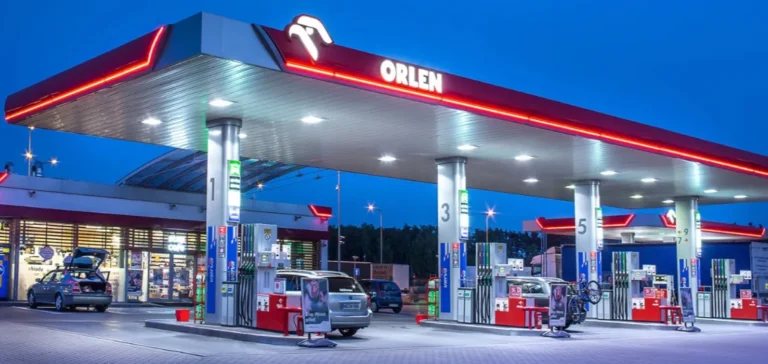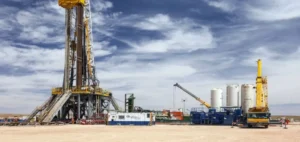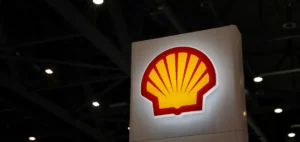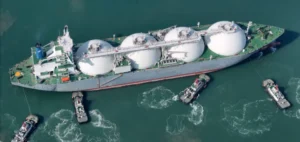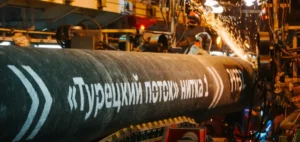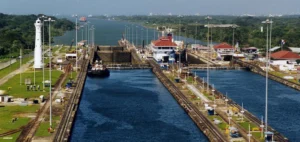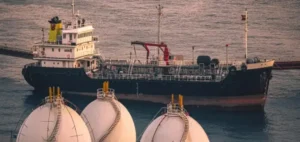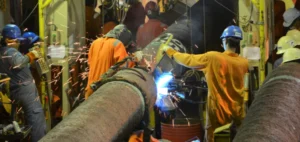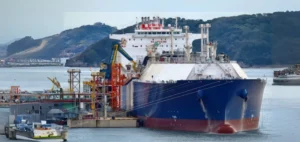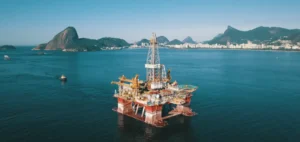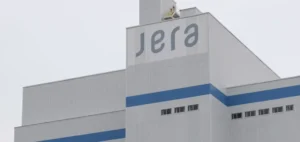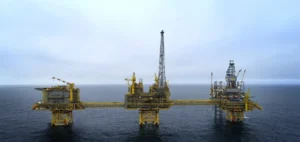Poland’s gas market remains dominated by Orlen, the successor to PGNiG, with about 85% of retail and wholesale sales in 2024. The Urząd Regulacji Energetyki (URE, Polish regulator) reports sales to end users near 194 TWh in 2024, up versus 2023. Orlen imported more than 150 TWh, over 88% of physical inflows, and produced about 96% of domestic gas, consolidating a de facto single-buyer position. Exchange-sale obligations have not created durable liquidity: activity on Towarowa Giełda Energii (TGE, power exchange) has receded since a 2021 peak.
Legal framework and structural effects
The Act on Stocks imposes costly mandatory reserves that are difficult to outsource, with the Governmental Agency for Strategic Reserves (RARS, strategic reserves agency) limited to extended mandates without structural reform. Article 24a, repeatedly debated, maintains firm requirements for volumes stored abroad, creating regulatory asymmetries. The Court of Justice of the European Union (ECJ, Court of Justice) is seized on the compatibility of these rules with the internal market. Gradual reductions of the LNG terminal entry discount at Świnoujście (liquefied natural gas, LNG — gaz naturel liquéfié) are planned, but Orlen already holds 100% of long-term capacity at Świnoujście and has reserved the entire 6.1 bcm/year of the future Gdańsk floating terminal (floating storage and regasification unit, FSRU — unité flottante de stockage et de regazéification). Combined, these elements limit access for new entrants.
The entry–exit system remains split by the Yamal–Europe pipeline (SGT), whose high annual entry costs make imports via Mallnow less competitive than the national system (KSP). The transmission system operator Gaz-System (TSO, operator de transport) proposes a “postage stamp” tariff methodology and unification from 2027, which would lower Mallnow’s relative cost. Booking assumptions published remain modest, suggesting limited competitive impact in the near term. In parallel, temporary increases in firm capacity toward Ukraine and metering works at Hermanowice expand export capability without altering upstream concentration.
Domestic demand: heat and power in the lead
The Polityka Energetyczna Polski 2040 (PEP2040, energy policy) and the National Energy and Climate Plan (NECP, national plan) project higher gas use as a substitute for coal in heat and power generation. Combined-cycle gas turbine plants (CCGT, centrales à cycle combiné) and cogeneration units (CHP, production combinée de chaleur et d’électricité) are multiplying, with new blocks commissioned and others planned. Prices in the Emissions Trading System (ETS, système européen d’échange) and ETS2 for buildings strengthen the switching economics. Orlen anticipates national demand peaking around 27 bcm by 2030, while targeting 12 bcm/year of own production and roughly 15 bcm/year of long-term contracts, a portfolio equal to projected total consumption.
Poland’s import capacity reaches about 1.29 TWh/day firm, more than double average needs, with interconnections to all neighbors and Norway via Baltic Pipe (technical capacity ~10 bcm/year). The Świnoujście terminal has been raised to ~8.3 bcm/year, and Gdańsk (6.1 bcm/year) is expected in 2028, with an option for a second FSRU. This physical margin supports rising heat and power demand, while mandatory reserves still occupy a significant share of total storage of about 36 TWh, expanding at Wierzchowice. The combination of infrastructure and contracts secures supply but concentrates purchasing power within a single integrated group.
Regional ambition: “distributor” rather than marketplace
Public documents target a larger regional role, notably toward Ukraine where flows have strengthened, and potentially toward Slovakia and neighbors if Russian imports cease within the Union. Annual auctions show firm export bookings to Ukraine, backed by commercial agreements. Nevertheless, a “marketplace” presupposes sustained exchange liquidity, deregulated prices, and many active participants—conditions still distant: the number of “active” companies on TGE has fallen from late-2010s highs. International licenses (OGZ) were streamlined, with cancellations in cases of inactivity, and authorization processes remain heavy.
The most probable path is a “champion-led hub”: significant volumes in and out through capacities largely reserved by the incumbent, with arbitrage via a flexible LNG portfolio. Tariff integration of Yamal–Europe and lower LNG entry discounts can open marginal arbitrage windows without reversing the dominant structure. For energy-intensive industries, the issue remains access to transparent price references and competing offers, which the envisaged increase of the exchange-sale quota to 85% could encourage if adopted without dilution.


